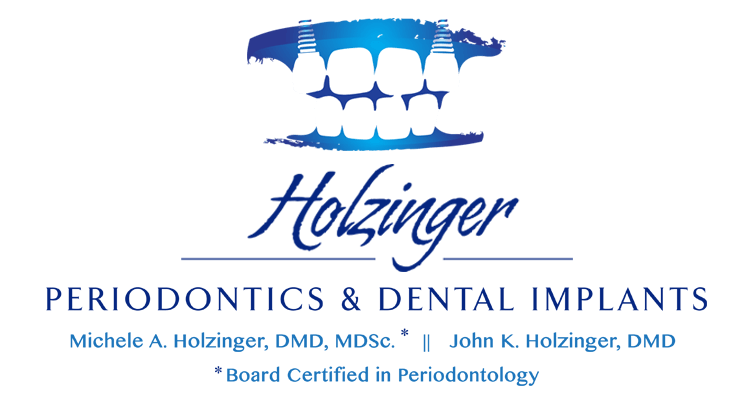Having a tooth extracted can be intimidating, but in some cases, it's unavoidable. Fortunately, the actual procedure is relatively quick, and you'll soon be on your way home.
Of course, that's not the end of the story—you'll need to take some precautions to ensure optimal healing. This article will discuss the process of tooth extraction, how long it takes to heal, and what you can do to help the process go smoothly.
What's the process for a tooth extraction?
First, a dentist will numb the area around your tooth with a local anesthetic. This is done by injecting the drug directly into your gums after using a topical agent to locally numb the region.
The extraction itself typically takes between 5-20 minutes, depending on whether the tooth is impacted. If the tooth is impacted, removal will take longer because more precision and care are needed to avoid damage to surrounding teeth or nerves.
Many times, a bone graft will be placed at the time of tooth extraction. This allows the socket to properly heal and maintain the same shape, so that it is optimal for future implant placement. In this case, the dentist will use sutures over the socket in order to keep the bone graft in place and allow it to heal easier.
Be sure to follow any instructions on how to prepare yourself before the extraction—and afterward as well—to aid healing and limit any discomfort.
What can I expect after the extraction?
You may experience some bleeding or swelling in the area where the tooth was removed. Keep your head elevated and use a cold pack on the cheek above where you had your tooth removed. Avoid chewing on that side of your mouth for at least 24 hours after the surgery. It's essential to follow your periodontist's instructions.
If you have stitches, they'll typically be removed one week after your surgery when you return to our office for your follow-up visit.
You may experience some discomfort in the days following your surgery, but this should subside within a few days. You can take an over-the-counter pain reliever as needed throughout this time.
What can I do to help heal after a tooth is pulled?
After having a tooth pulled, your mouth may be swollen, tender, or both. You'll probably want to rest and let the area heal. But there are things you can do to make the process go more smoothly:
To help reduce swelling and prevent infection, rinse your mouth with warm salt water after the procedure. Dissolve one teaspoon of salt in 8 ounces of warm water, then rinse.
Don't eat solid foods until the bleeding stops and the pain subsides. Soft foods like pudding, mashed potatoes, and yogurt are good choices.
Use an ice pack on your cheek for 30 minutes at a time every 2 hours during the first 24 hours after surgery. This will keep swelling down and reduce pain.
Take over-the-counter pain relievers such as acetaminophen (Tylenol) or ibuprofen (Advil) as needed for discomfort after surgery.
How long does it take to heal after having a tooth extracted?
The healing process varies depending on the severity of your extraction, but most people heal within one or two weeks. It's imperative to follow your periodontist's aftercare instructions and ensure you're eating soft foods for a few days following your procedure.
After the initial incision has healed and you can resume your regular daily routine, you can expect some lingering swelling and soreness in the extraction site area. The amount of pain you feel depends on the complexity of your procedure. If your tooth was particularly large or impacted in its socket, it may take a month or longer before all signs of inflammation disappear entirely.
Tooth Extractions in Connecticut
At Holzinger Periodontics and Dental Implants, we’re proud to provide services to help our patients maintain optimal dental health.
If you need a tooth extracted, our team will guide you through the process and let you know what to expect as you heal. Contact us today to schedule an appointment.

